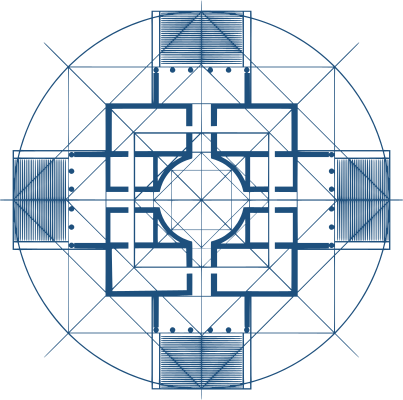Abstract
The digitalization of education systems is presented as a possible way to match the concerns of a knowledge based economy with those of an inclusive information society. To meet this double challenge, education systems are asked to shift from a ‘traditional school’ to an ‘Education 2.0’ model, introducing innovative pedagogies through the use of ICT devices characterized by interactivity and multimediality. The article investigates over the presence and breadth of this shift within secondary schools of the region Sardinia, Italy, since the introduction of Interactive Whiteboards (IWB), to focus next on the gender dimension of change. Empirical evidence drawn from an evaluative research adopting a mixed method approach is presented and analysed: first, an idealtype of classroom organization after IWB introduction is offered, then the main gender dynamics emerging in reorganized classrooms are considered, focussing on interaction among its main actors’, namely teachers and students. Conclusions suggest that, although a less gendered approach to technology is observed in classroom practices enhanced by Education 2.0 models, these changes haven’t (yet) led to a reconfiguration of the symbolic representations and tacit assumptions structuring school settings, still hampering fairer educational and professional trajectories for women in STEM (Science, Technology, Engineering, Maths).
Keywords
Download
Casula C., De Feo A. (2016) "Education 2.0 and Gender: A Case Study on the Use of Interactive Whiteboards in Secondary Schools
", Italian Journal of Sociology of Education, 8(2), 143-169. DOI: 10.14658/PUPJ-IJSE-2016-2-7
Year of Publication
2016
Journal
Italian Journal of Sociology of Education
Volume
8
Issue Number
2
Start Page
143
Last Page
169
Date Published
06/2016
ISSN Number
2035-4983
Serial Article Number
7
DOI
10.14658/PUPJ-IJSE-2016-2-7
Section
Special Section

 © 2025 Padova University Press - Università degli Studi di Padova
© 2025 Padova University Press - Università degli Studi di Padova